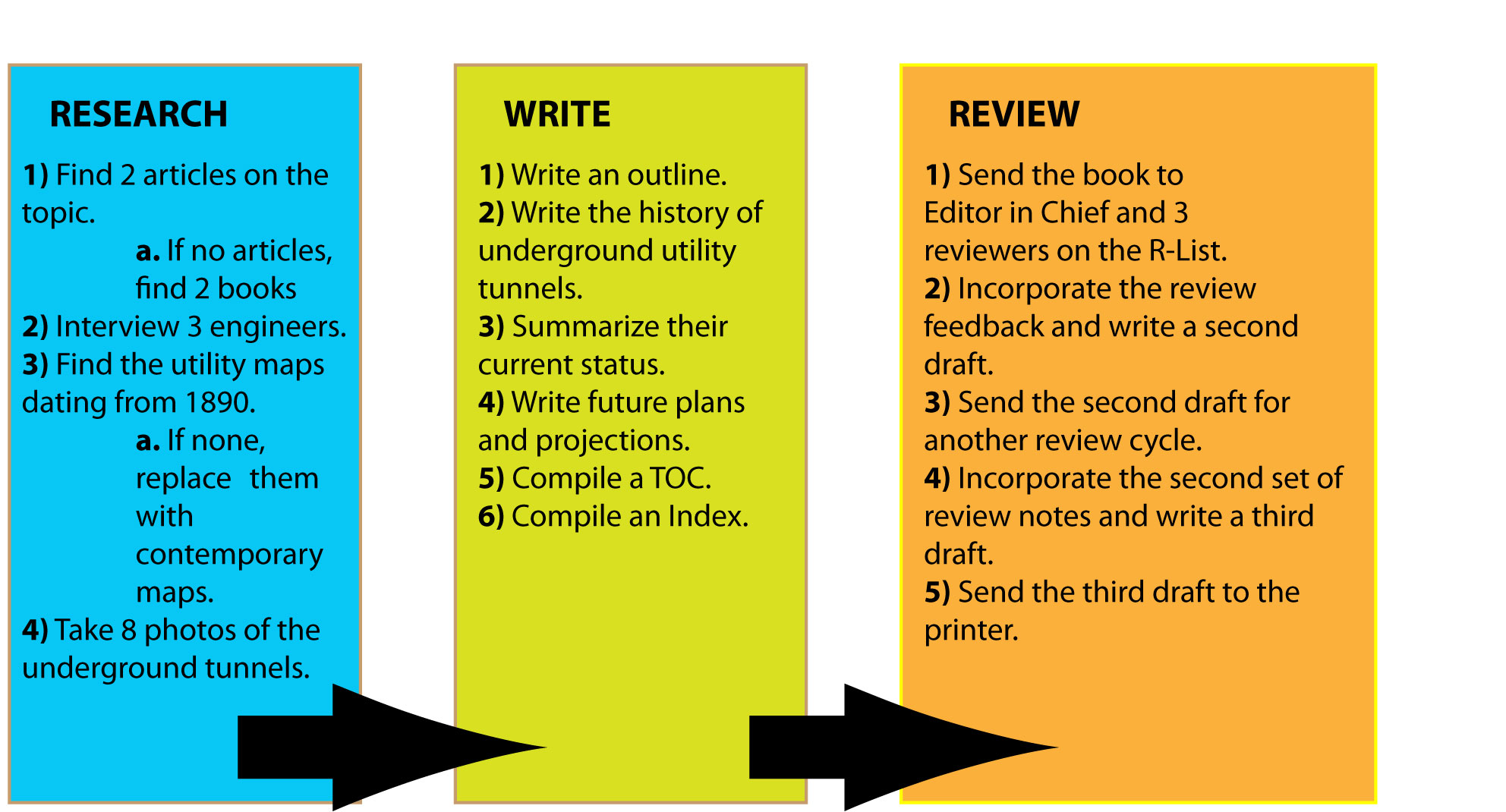
SOPs describes the processes and procedures that are essential for your company’s daily operations. Businesses large and small need to have Standard Operating Procedures (SOPs). SOPs are often step-by-step instructions that cover multiple parts of a business. They guide consistency and efficiency. They can reduce miscommunications and errors that could undermine your business practices if they are appropriately written. There are several steps to write good business standard operating procedures.
Your procedures should have the ultimate goal to keep your team members on the same page. This is important as new employees join the team and employees move into new roles. It may seem daunting to create SOPs for the first time. It isn’t easy, and it will be, but the results you get for your business are well worth the effort. If you have been assigned to write Standard Operating Procedures (SOPs) for your company or another’s company, you can research online to read reliable standard operating procedure examples to ease the process.
Here are some things you can do to ensure your business grows to reap the full benefits of SOPs.

1. Find the Right Person to Write the SOP
Although creating a detailed and well-organized process document is not something you are skilled at, you can identify someone on your staff with the necessary writing skills and experience to help you outline the process.
It doesn’t matter who wrote it. To ensure accuracy, it is crucial to have someone who understands the entire process. You can hire an agency to help you document your processes if your team doesn’t have the time.
2. Create Visual SOPs

Different people retain information differently. Some people prefer to read, while others are visual learners. This is why it is highly recommended to add images, videos, or flowcharts into SOPS.
It will, in most cases, make it easier for learners of all abilities to understand and retain the information.
For example, staff might find it boring to read a description of what you want them to do when you visit a salon. You can quickly give precise instructions by adding a video. Staff can view the SOP video on their smartphones, making it easier to share with them.
3. Gather All Relevant Stakeholders
SOPs should not be made in a vacuum. You should communicate with those responsible for creating the SOPs if you want to document specific workflows, tasks, and processes.
You can get best practices from your team members and incorporate them into your SOPs if you manage a team that works each day on the tasks. Your processes can be created collaboratively to bring more expertise and scrutiny, as well as a greater sense of ownership by the people who follow your SOPs.
4. Find Your Purpose
When creating your standard operating procedures, think about what you want. You are building functional systems if they are entirely new. You need to ensure that the business priorities align with the process priorities suppose you want them to work well.
You need to assess your current pain points if your SOPs are merely documenting existing workflows. You need to identify the areas where your current processes are failing you and make changes. Your current system might be slow or produce a product of poor quality.
5. Use an SOP Creation Tool

Using a workflow management system can make it easier to create standard operating procedures for modern businesses. It is easy to create a process document using the drag-and-drop feature.
This tool allows you to add images and videos, take screenshots from uploaded videos, generate process checklists and SOP templates, and track the progress of tasks assigned to your team.
6. Use SOP Templates
The size of your company, its industry, and the scope of operations will determine how many new SOPs are required. You could be responsible for hundreds, if not thousands, of SOPs.
This is why adopting comprehensible templates can be a great starting point. A template is a document that is used to establish and describe particular tasks. The industry has approved these templates and will help you save time, effort and avoid unnecessary formatting.
There is no one way to organize procedural documentation. Hierarchical lists, SOP checklists, and process workflows are all common. You can choose the format that best describes how to accomplish the task.
7. Create Sops for Reviewing SOPs
SOP documents can be divided into two types: management and technical.
- Technical SOPs (Standard Operating Procedures): These SOPs provide workers with step-by-step instructions on how to complete tasks.
- Management SOPs are guidelines that show how to create, review and update standard tasks.
Management SOPS is vital for consistency across organizations. Management should review SOPs regularly to ensure they are accurate within the existing workplace environments, quality control standards, and regulatory requirements.
8. Experiment with SOP Formats
Managers use one of three types of formats when developing standard operating procedures.
- The Simple Steps Format- this is suitable for simple, repetitive, and easy-to-follow procedures. It is usually a bulleted, simple list with few sentences. This format is used mainly for safety guidelines and documentation.
- Hierarchical Steps Format – This format is best for SOPs with many steps. This layout lists the main steps of a task as primary checkboxes, and then their substeps are listed as secondary checkboxes.
- The Flowchart Format: Individuals use process flowcharts to help them plan and execute SOPs. These can include multiple outcomes and possible decisions. This chart plans and maps possible procedures that can be followed in case of unpredicted situations.
The best SOP format for a task is the one that best describes how it should be done. Different formats work well for different tasks. To illustrate how to clean your lab equipment, you could use the simple steps format. Hierarchical steps may be required for more complicated tasks, such as Lockout/Tag-out processes or flowchart formats.
9. All Parties to The SOP Must Give Written Consent
Ask for a signature from all people involved in the implementation of the process. An email confirmation is sufficient.
Even though it may seem old-fashioned, written confirmations of processes can help to establish a sense of accountability and ensure that managers and staff take the time to understand and read the process.
10. Final Words
Any business must ensure that all employees are proficient in completing any task. This will help increase productivity and reduce stress. These top simple ways to create robust standard operating procedures will increase productivity and ensure consistency in everything you do.

